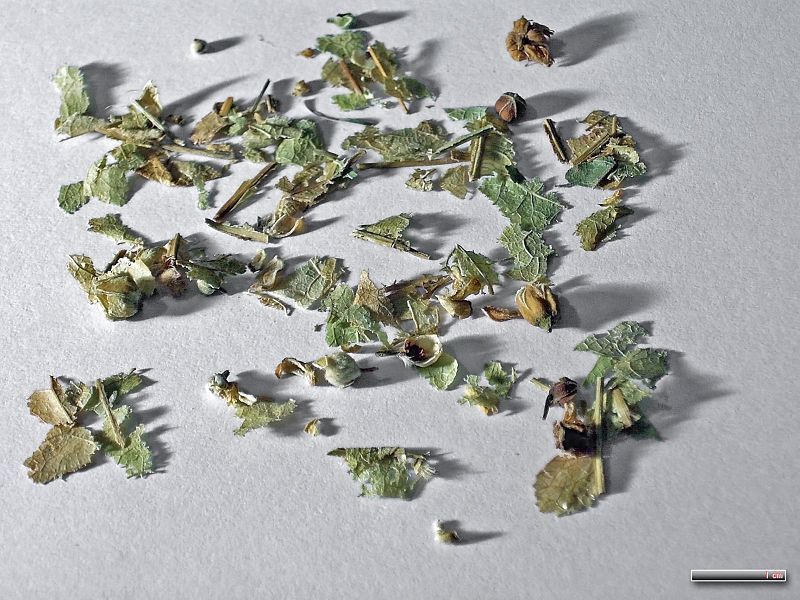: Medicinal Uses
The Mohawk people, an aboriginal tribe in the North East, often used Basswood to treat internal hemorrhages. The inner and outer bark was taken from the eastern side of the tree, about 3-5 feet up the trunk. The bark was then mixed with two handfuls of twigs from the American Elm, one handful of smashed twigs from the Speckled Alder, and with Baneberry and Goldenrod roots. The ingredients were then mixed in a gallon of water and boiled down until only a half of the liquid remained. Four ounces of the mixture was consumed every two hours until the person being treated began to feel better.
The Mohawk people also used the Basswood to help heal broken bones. Leaves of the American Basswood were mixed with leaves of the Boneset and Common Mallow plants and with leaves of the White Pine, until there was a gallon of leaves altogether. The leaves were then pounded and combined with cold water until a poultice began to form. The poultice was put on cotton cloth and was wrapped around the broken bone and secured with splints of White Pine. The cloth was replaced every day for about 3 weeks. The aboriginal Iroquois people also made a poultice to treat burns, but they used a mix of American Basswood leaves and American Beech leaves. The leaves were then mashed together and applied to the burn.
The Seneca people, another aboriginal tribe, would make a tea with the leaves of the American Basswood. They would add about one teaspoon of fresh or dried leaves into a pint of boiling water. The tea was used to treat general soreness, as well as severe injuries. The Iroquois people also used the American Basswood to treat common pain. The young branches of the Basswood, which were picked in May and June, were added to a handful of roots of Evening Primrose. The mixture was steeped for 30 minutes in a gallon of water and was consumed by the cup throughout the day.

